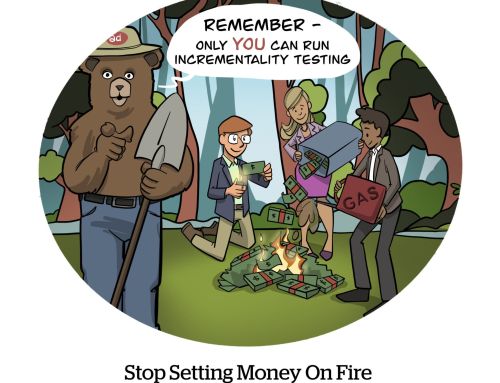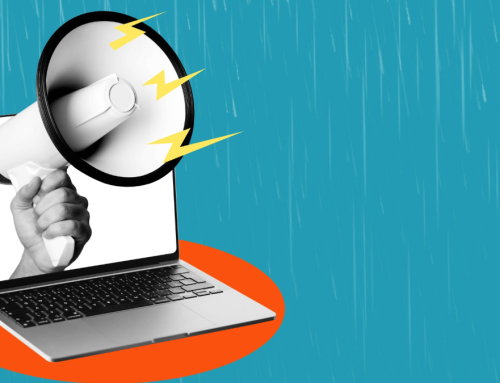In UX, as with nearly every field, when a trend or aesthetic gets too saturated, the next trend tends to whipsaw in the opposite direction. Such is the case with the slowly-emerging successor to today’s UX design: a stripped-down style that harkens back to the early web.
Last year, Co.Design writer Diana Budds reported that Pascal Deville, creative director at the ad agency Freundliche Grüsse, had christened this new aesthetic “Brutalist,” after the architecture movement. Deville catalogs examples of Brutalist design on his website, brutalistwebsites.com, which he started in 2014. Since then, the number of spare, economical, ’90s web-style sites has only continued to grow.
Now, Deville’s site has inspired a new project from UX designer Pierre Buttin. Buttin applied some of the most common design elements from Brutalist Websites to the best-known sites and apps of the day, rendering Twitter, Gmail, Spotify, and Tinder in this Brutalist style.
The result is a handful of websites that are still recognizable—many of the colors, logos, and familiar design elements remain. Yet their polish is gone. Traditional bright web colors replace sleek gradients, and many UI elements—rounded-corner icons, shadows, approachable type—are stripped way down.
With Tinder, for example, bubbly icons are replaced with the actions they represent—PASS; LIKE—set in white, all-caps type against blocks of color. Twitter’s redesign replaces the bird logo with a large wordmark, with Tweets contained blocks with drop-shadows. With Candy Crush, the candy is reduced to just outlines against a grey background, all of the rounded corners and bright colors removed to reveal basic UI.











